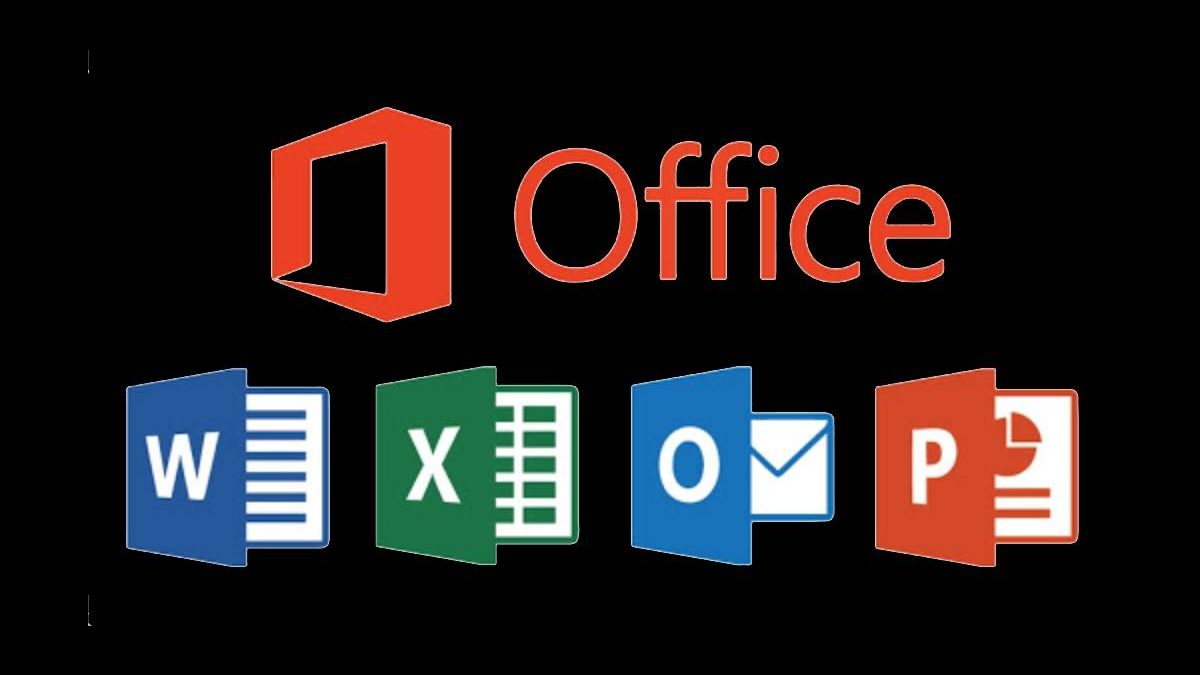Office 2019 vs. Office 2021 Comparison for Productivity in Canada
In today’s fast-paced business environment, efficiency and productivity are paramount to success. Microsoft Office, a suite of productivity applications, has been a trusted companion for professionals and businesses in Canada and worldwide. With the release of Office 2019 and Office 2021, Canadian users have the opportunity to leverage enhanced features, cloud integration, and more to streamline their workflows. In this article, we will delve deeper into the key differences between these two versions, weighing their advantages and disadvantages to help users make an informed decision.
Table of Contents
Office 2019: The Tried and Tested Classic
Office 2019, the successor to Office 2016, was released in late 2018. It follows the traditional one-time purchase model, offering perpetual licenses for individual applications or the complete suite. This approach appeals to users who prefer to make a single upfront payment without ongoing subscription costs.
Advantages of Office 2019
- Familiarity and Stability: One of the significant advantages of Office 2019 is its familiar user interface, which is similar to previous versions of Microsoft Office. This familiarity ensures that users can quickly adapt to the software, minimizing any learning curve.
- No Ongoing Costs: As a perpetual license version, Office 2019 does not require users to pay recurring subscription fees, making it a cost-effective solution for individuals and businesses on a tight budget.
- Offline Access: In a country as vast as Canada, where internet access may be limited or unstable in certain regions, Office 2019 shines by providing full offline access to documents. Users can work on their files without needing an active internet connection, ensuring uninterrupted productivity.
- Privacy and Compliance: For industries with strict data privacy and compliance regulations, the absence of cloud storage and online connectivity in Office 2019 can be seen as an advantage. Sensitive data remains securely stored on local devices without the need for cloud storage.
Disadvantages of Office 2019
- Limited Updates and Features: Unlike cloud-based solutions, Office 2019 does not receive regular updates with new features and improvements. This may lead to users missing out on the latest tools and enhancements available in the newer versions.
- Collaboration Challenges: In a world where remote work and collaboration are becoming increasingly prevalent, Office 2019 falls short compared to cloud-based alternatives. Real-time collaboration and seamless file sharing may prove to be cumbersome, impacting team productivity.
Office 2021: Embracing the Cloud for Enhanced Collaboration
Office 2021, the latest offering from Microsoft, was introduced with a hybrid approach, aiming to combine the benefits of cloud integration with the familiarity of a one-time purchase model.
Advantages of Office 2021
- Real-time Collaboration: One of the standout features of Office 2021 is its seamless real-time collaboration capabilities. By leveraging cloud technology, users can work on documents simultaneously, making it an ideal solution for remote teams and distributed workforces in Canada.
- Regular Updates and New Features: Office 2021 users benefit from frequent updates, ensuring they always have access to the latest tools and improvements. Microsoft’s commitment to ongoing development ensures that Canadian businesses remain competitive in their respective industries.
- Cloud Storage and Accessibility: With Office 2021, users can store their files on cloud platforms such as OneDrive, enabling easy access from any device with an internet connection. This flexibility allows professionals to work on their documents from anywhere, promoting productivity on the go.
- Enhanced Security: Microsoft’s cloud-based solutions often come with robust security measures, helping protect sensitive information from potential threats. Cloud-based storage can also serve as a backup, safeguarding data in case of hardware failure.
Disadvantages of Office 2021
- Subscription Costs: Office 2021 adopts a subscription-based model, requiring users to pay monthly or yearly fees to access the software. For some individuals and businesses, this ongoing cost may be a significant factor in their decision-making process.
- Learning Curve for Existing Users: Canadian users who have been accustomed to the traditional Office interface may face a learning curve when transitioning to Office 2021. The changes in the user experience and additional features might take time to get used to, potentially affecting productivity during the initial phase.
Choosing the Right Version for Canadian Users
Selecting the right version of Microsoft Office depends on several factors, including budget, specific requirements, and work environment. Here are some key considerations to help Canadian users make an informed decision:
- Budget and Cost: If upfront costs are a significant concern, Office 2019’s perpetual license model might be more appealing. On the other hand, businesses looking for the latest features and seamless collaboration may find the subscription-based Office 2021 worth the investment.
- Work Environment: For businesses with remote or distributed teams, Office 2021’s real-time collaboration and cloud-based storage can significantly enhance productivity and teamwork.
- Compliance and Security: Industries dealing with sensitive information may prefer Office 2019’s local storage approach, as it can provide an extra layer of control over data security.
Conclusion
In conclusion, both Office 2019 and Office 2021 offer unique advantages and cater to different user preferences in Canada. Office 2019 stands out with its familiarity, stability, and one-time purchase option, making it an attractive choice for those seeking a cost-effective and offline-accessible productivity suite. On the other hand, Office 2021 brings cloud-powered collaboration, regular updates, and enhanced accessibility, positioning it as the go-to solution for businesses emphasizing teamwork and staying up-to-date with the latest productivity tools.
Ultimately, Canadian users should weigh the advantages and disadvantages of each version based on their specific needs and budget constraints. Whichever version they choose, both Office 2019 and Office 2021 empower professionals across Canada to enhance their productivity, collaboration, and success in the ever-evolving digital landscape.

